Japanese beauty, as portrayed through media like fine art, manga, anime and film have evolved and changed, adapting to trends and tastes of the time. But its evolution became particularly pronounced relatively recently with the introduction of formal schooling, which allowed for the establishment of the common trope we have come to know as the school girl. Modern printing technology also allowed for the creation and dissemination of various print magazines, which took it upon themselves to define what it meant for women to be beautiful.
But, in particular, what have the Japanese required in depictions of beauty, and how did we go from bijinga (beautiful women) in the Edo period to bishojo (beautiful young girls) today? That question, and many others, is the subject of a new exhibition at the Aomori Museum of Art. “Bishojo: Young Pretty Girls in Art History” will run from July 7 – September 7, 2014 and will feature more than 300 works that span over 300 years, all categorized under various sub-themes like “musical girls” and “magical girls” to “girls having fun.” Works shown below are samples that aren’t necessarily part of the exhibition.
Girls Having Fun
The eastern counterpart of Girls Gone Wild? Not exactly. The bishojo motif is first thought to have begun during the “Early Modern Genre-Painting” when young girls were depicted having fun and generally enjoying life. The motif has continued to live on today.
Beauty Lies Within Shojo
It’s around the early 1900 when the beauty of cherubic innocence and purity begins to take on as prominent imagery in art. We also begin to see a cuteness emerge that is reminiscent of what we have come to understand today as “kawaii.”
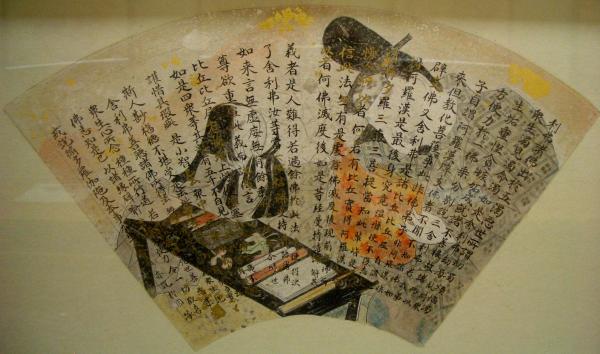
“Senmen Koshakyo” (ancient sutra manuscripts on a fan) by Meiji Hashimoto (1927) | image courtesy Shimane Art Museum
The Life and Times of Shojo
A popular game that emerged in the late 1800s to early 1900s was sugoroku, a board game that featured illustrations that players had to traverse by rolling dice. A common genre were illustrations that featured young girls in various moments of their life: playing, going to school and other day-to-day activities. Sugoroku was often included as a freebie that came with magazines.
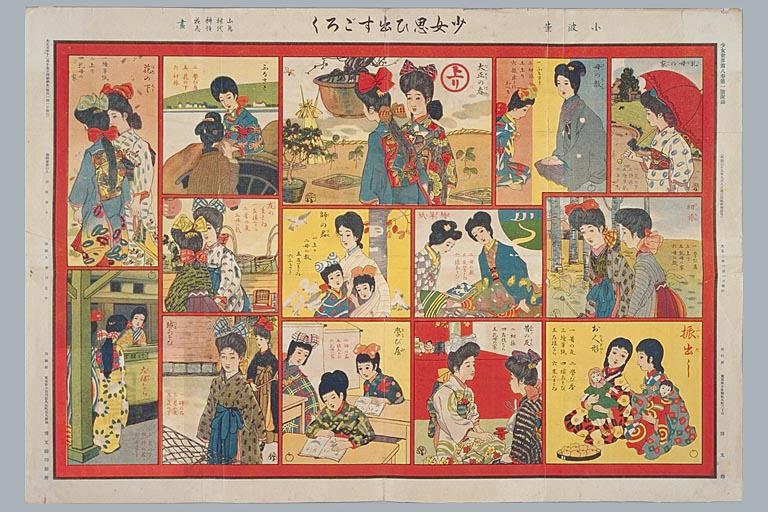
“Shojo omoide sugoroku” illustrated by Iwaya Sazanami (1913) | image courtesy Waseda University Archives
The Beggining of Shojo Magazines
If formal schooling allowed for the creation of the shojo and schoolgirl trope then it was shojo magazines – beginning with the pioneering Shojokai, which began publishing in 1902 – that was steering the imagery.
The Post-War Succession of Shojo
The schoolgirl image, which has been nurtured since the early 1900s, begins to change in a post-war Japan.
In The Room
A look at another common theme in Japanese painting: young girls depicted along in intimate settings like their room or yard.
Musical Girls
Music and spirituality have always shared a tight bond. So it’s not surprising that the girls interacting with music is another common motif found in art history. And following it leads to one of Japan’s most recent art/musical hybrid sensation: Hatsune Miku. The 16-year old popstar who never ages and is never caught up in drugs, alcohol or any other scandal because she’s a digital avatar.
Costume Play
Before they dressed up as anime characters, costume play (or cosplay) was much more reserved. Artists would depict their subjects wearing intricate patterns or acting out a certain job.
The Action Girl
Active, strong and resilient girls are a trope that appeared relatively recently. They’re brave, kind and have strengths that aren’t always evident. But they’re also risk takers that appear to be more complex than their male hero counterparts.
The Sorrowful Shojo
Perhaps in reaction to the many depictions of young girls offering comfort and pleasure, there appeared those who suffered from pain that wasn’t clearly evident on the surface. They began to appear in the girl magazines and quickly garnered support from those who shared in their pain.

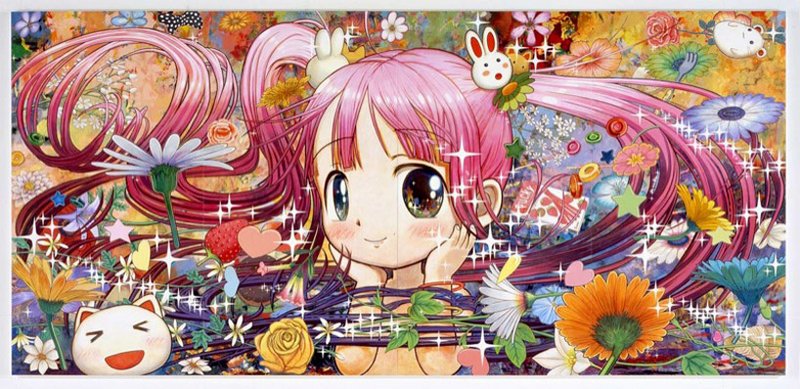
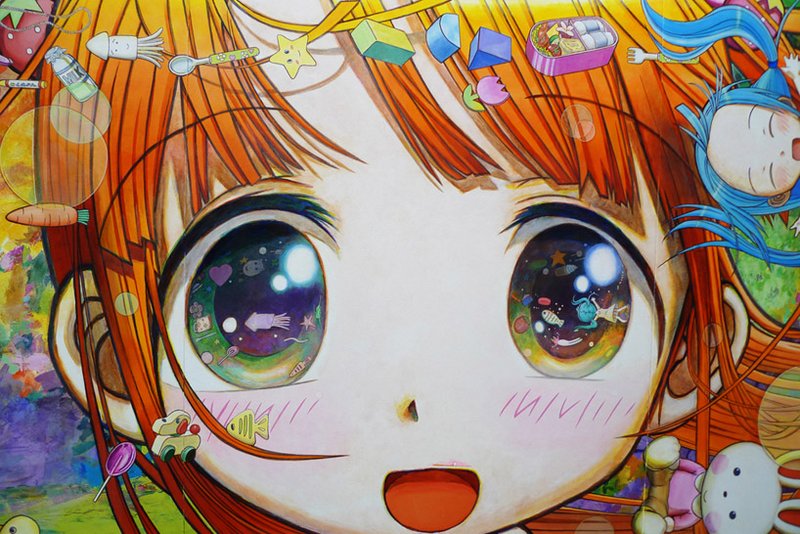
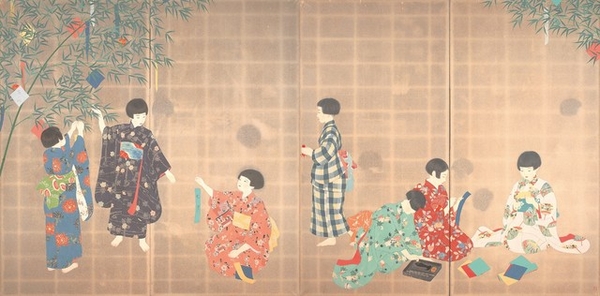
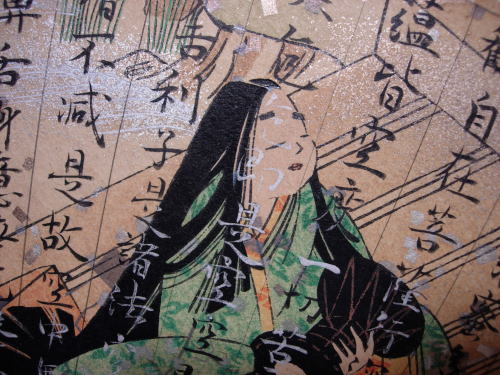
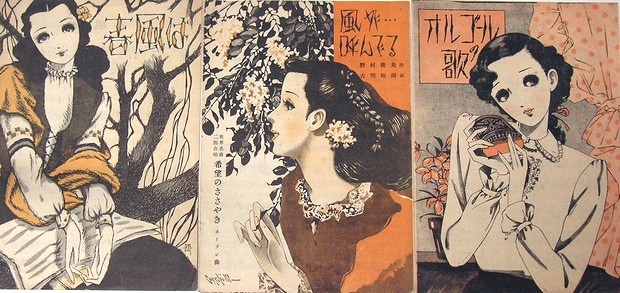
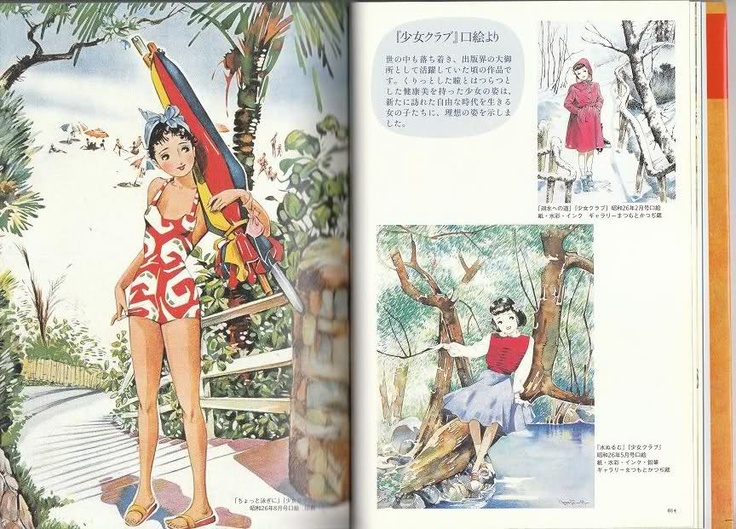
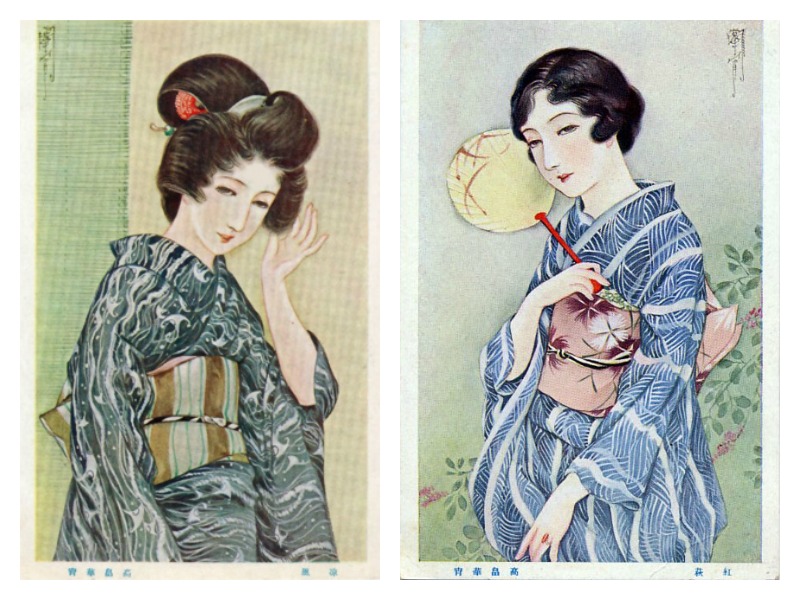
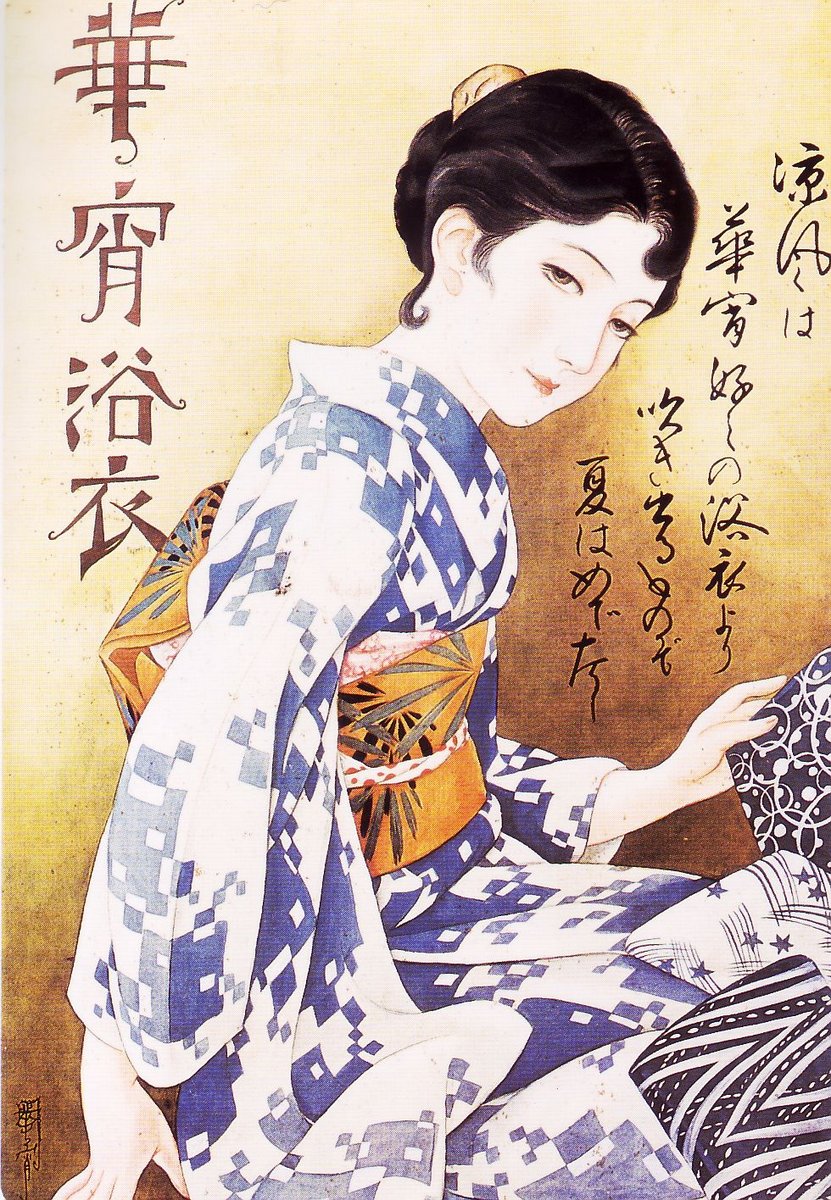
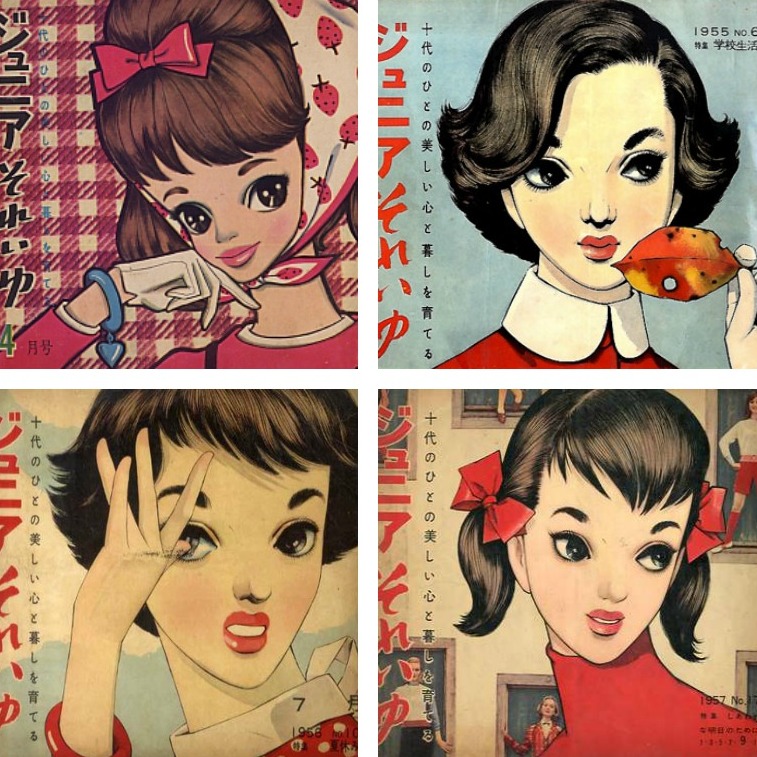
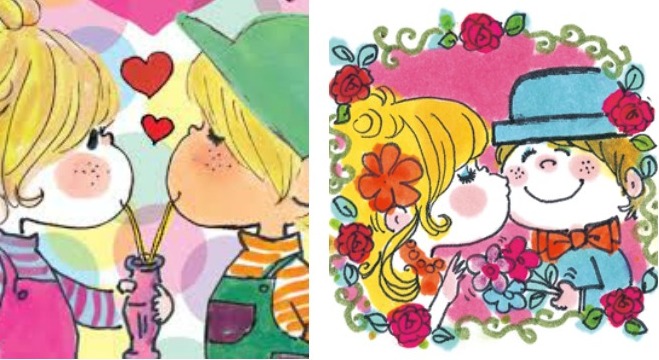
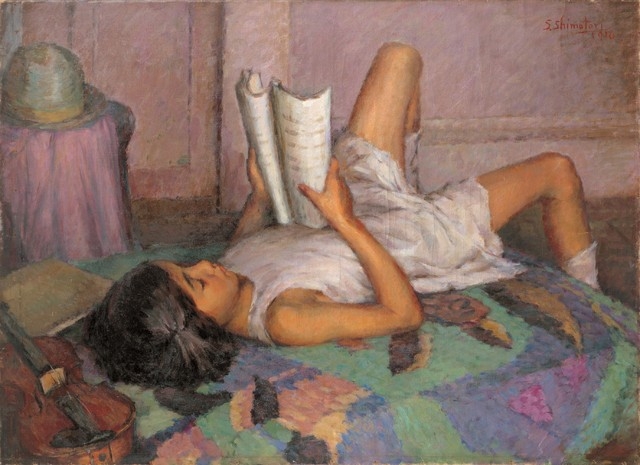

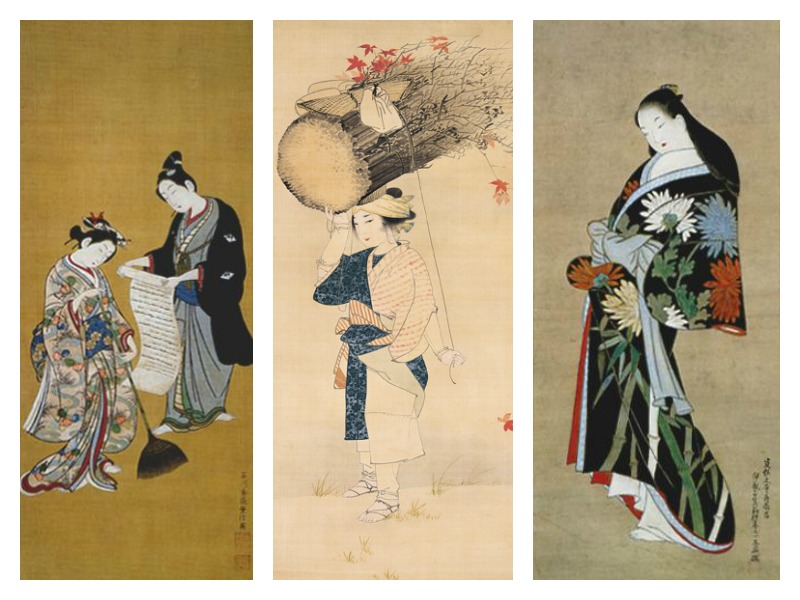
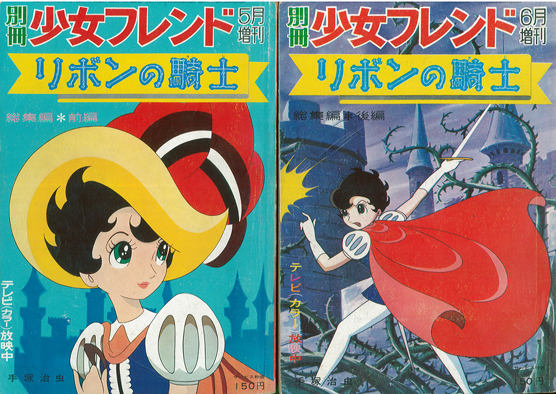
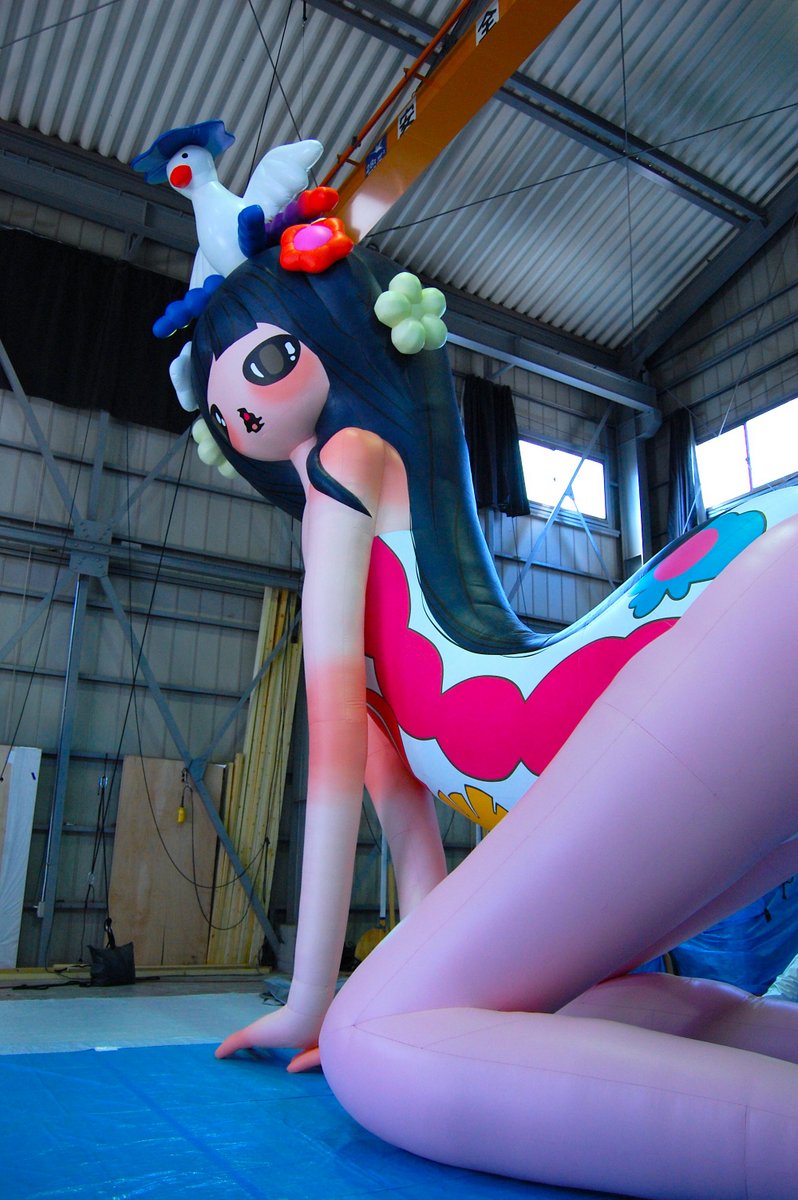
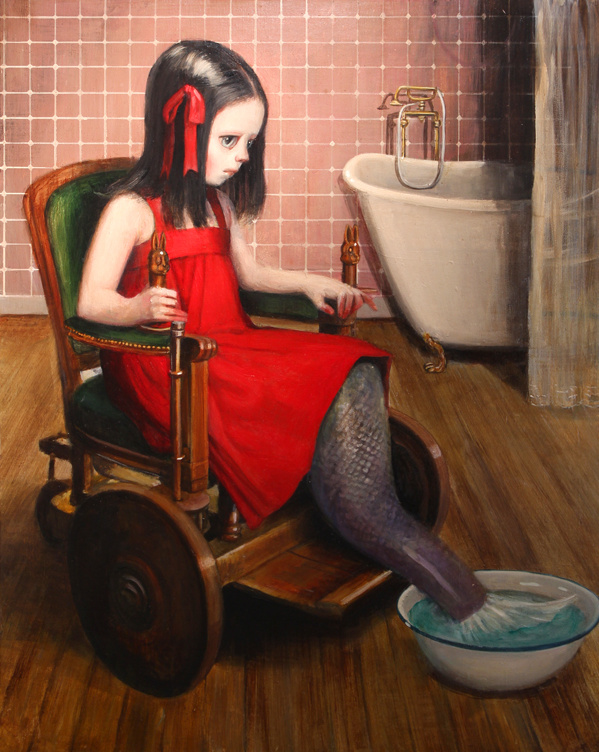

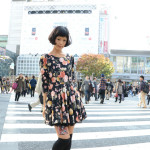
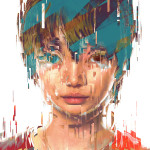
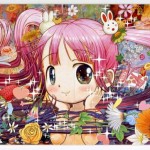
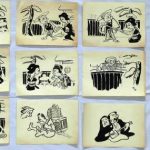


















June 24, 2014 at 5:20 pm
A great post! I’d love to see the exhibition and hope to catch a few more glimpses of the exhibited artworks.
June 26, 2014 at 1:50 am
this is a great post. from the portraits Bijinga ukiyoe to the shojo culture and art Micropop, the female figure is central in the contemporary Japanese. As curators, We must also take into account openings and interactions with Western art and globalization, launch worldwide by the art of Murakami’s Kaikai and Kiki.
ig: # Nipposuggestioni
#edopop